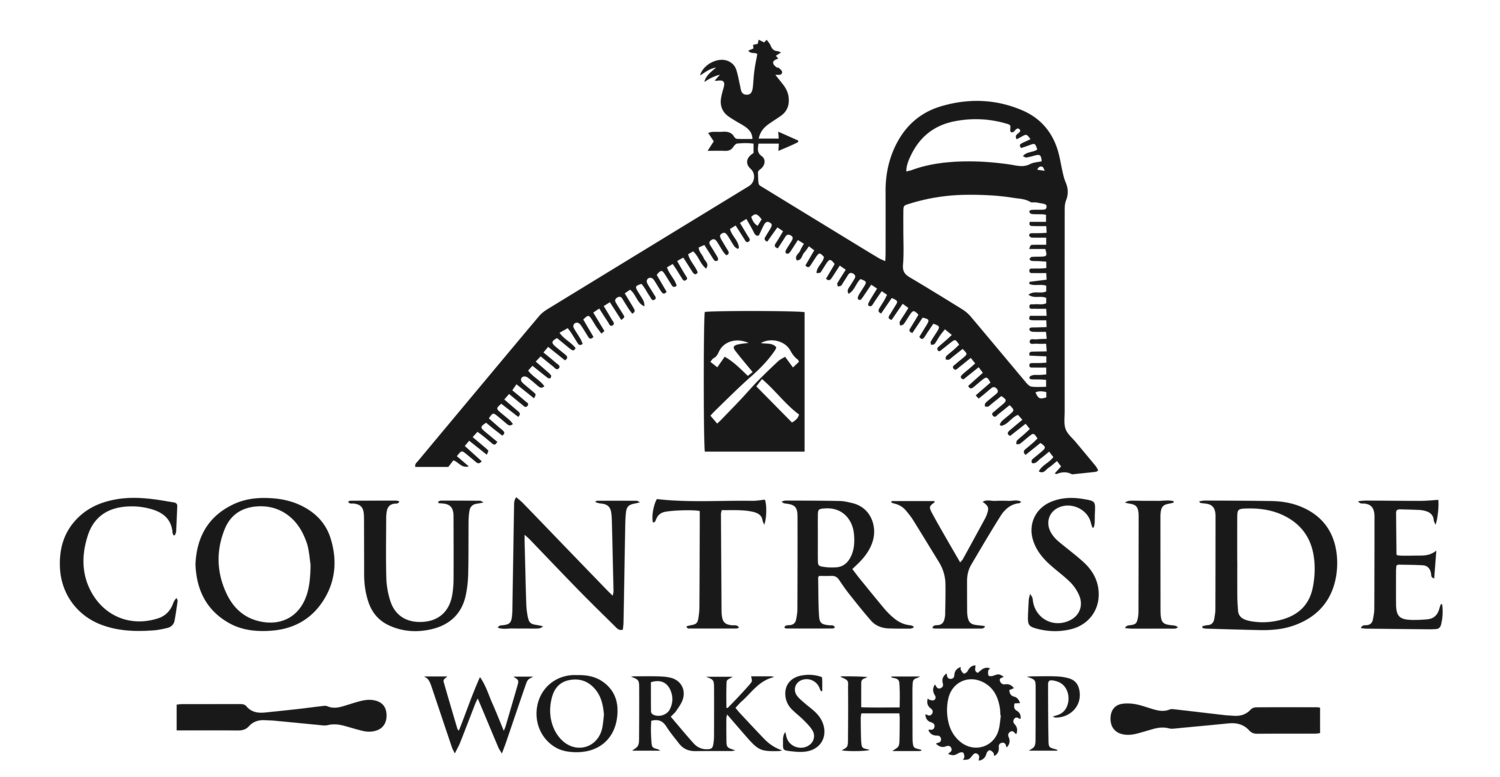Several months ago I was building a box that Brusso Hardware supplied brass hardware for. I took the opportunity to build something that I could cherish and hold my treasures from my time in the military. I wanted to do something different on it as well. After watching Tommy Mac's Memorial Box with the ribbon inlay I decided I wanted to do an inlay as well. But I didn't want to use colored veneer. Dyed epoxy resin was different enough and I just happened to have a bottle of the super clear Art Resin. Check out the steps below or the video above to see how I accomplished this look.
Pick the perfect shape is important for the overall look of the piece. I made several different shapes and sizes of the ribbon so I could determine what looked best on the actual project. Once you have that decided then you need to place it in the desired location on your project and trace it.
After tracing it out with pencil I needed to score those lines so my chisel had a place to rest. I did this with a straight edge and a utility knife. This would have been more precise if I had an actual marking knife and a metal straight edge, but overall this got the job done.
Now that I had the kerf for the blade of my chisel to rest I started chopping down to severe the fibers of the wood. That way when I started clearing out the waste I do not get tear out. I used the purple heart carvers mallet I made a few years back and my cheap Harbor Freight Chisels. You do not need expensive tools to get the job done.
Once I went around all the edges and severed the fibers, I can then come back with relief cuts to start removing the inside waste of the inlay void. I do this by vary carefully pushing the chisel and working my way back.
I use my chisel to start removing the waste of the void before I move to my mini router plane.
I use the router plane because it gives me a consistent depth and with a clear epoxy you want to the depth to be the same for the entire void.
I wanted my inlay to be a bright vibrant yellow and with the dyed epoxy alone it would still have been more translucent that I desired. So I masked off the ribbon and sprayed a couple quick coats of bright yellow paint. This will give it a good base color.
I still had some sample bottle of Art Resin that was sent to me and they claim that it is 100% clear and non-yellowing. This is a perfect project to try this out on and see if it is good for more than just a thin coat over some art. It is easy to mix with a 1:1 ratio of Resin to Hardener. It would have been a lot easier to get the mix right if they had a pump system similar to the West Systems Epoxy.
After mixing it in a plastic cut off of a water bottle I added my dye. I am using yellow dye from TransTint Dye. This product is made to dye wood but with a few drops it works great to change the color of the epoxy. I added about 10-15 drops in this amount of epoxy. The more dye you add the more colorful it will be.
Once it is mixed up good then it is time to start filing in that void. I started pouring slowly in one corner and letting it flow through the void to keep from trapping to many air bubbles. Air bubbles are the worst thing in epoxy because because once it is setup, they are visible.
After the epoxy is all poured in you need to release what air bubbles did get trapped. This can be done 1 of several ways. You can use a lighter like I did or you can use a Propane or MAP gas torch or you can use a heat gun. The heat makes the air bubbles rise to the surface and pop.
After the air bubbles have been released, it is time to let it sit 18-24 hours. Once it has fully cured then you can level the surface by sanding, scraping, or planing.
It looks absolutely gorgeous once it is all done and finish is applied to it.
Related Articles...


#HomeDepotPartner #THDProSpective #ad Drawer construction can be intimidating because of the myth that you have to use special joinery such as rabbits, box joints, or dove tails.